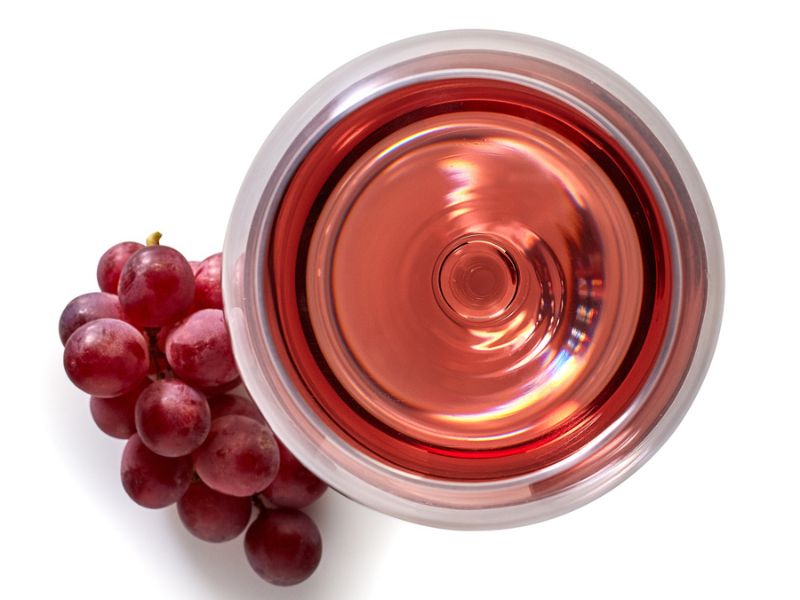Summertime is synonymous with rose, the ultimate summertime sip, served alongside oysters and lazy afternoons at the beach. There’s no surprise that Americans consume large quantities of the pink beverage or that t-shirts and menus feature the phrase “rose all day.”

Image Credit: Shutterstock/LightField Studios
Do You Need To Drink Rosé In The Winter?
Is rosé consumption confined to warmer seasons? What made rosé the unofficial summertime drink? Gerard Bertrand creative director Emma Bertrand says no matter what season, toasting the weekend is always fun. According to Bertrand, rosé has become synonymous with fun in the U.S. and internationally. The third generation of the Bertrand family in the wine business, she studied wine at the International Organization of Vine and Wine (OIV).
Is There A Way To Pair Rosé With Food?
Bertrand emphasizes that the rose is versatile when it comes to food pairings. “Rosé wines with fresh fruit flavors go well with shellfish, tapas, cheese, and grilled vegetables.” She suggests pairing the wine with roast fish or briny oysters in winter. During the colder months, she enjoys it with roast trout fennel and oranges.
Choosing The Perfect Rosé Bottle
She said, “I think people should aim for balance. In particular, I recommend rosés from Southern France with good acidity, body, and aromatics. A perfect rosé blend is created when grenache, cinnamon, and syrah are combined in the historical coastal region of Languedoc, with its sunny climate and suitable terrain.

Image Credit: Shutterstock/baibaz
Can Rosé Be Served At Any Temperature?
According to Bertrand, rosé should be served at 50 degrees. Besides drinking it by the glass, rosé cocktails like frosé (a rosé slushie) and rosé-based sangria are wildly popular. In the winter, Bertrand prefers rosé cocktails. During the year’s colder months, mulled wine is ubiquitous in France. Her combination of rosé, cloves, and cinnamon creates a cozy winter vibe.